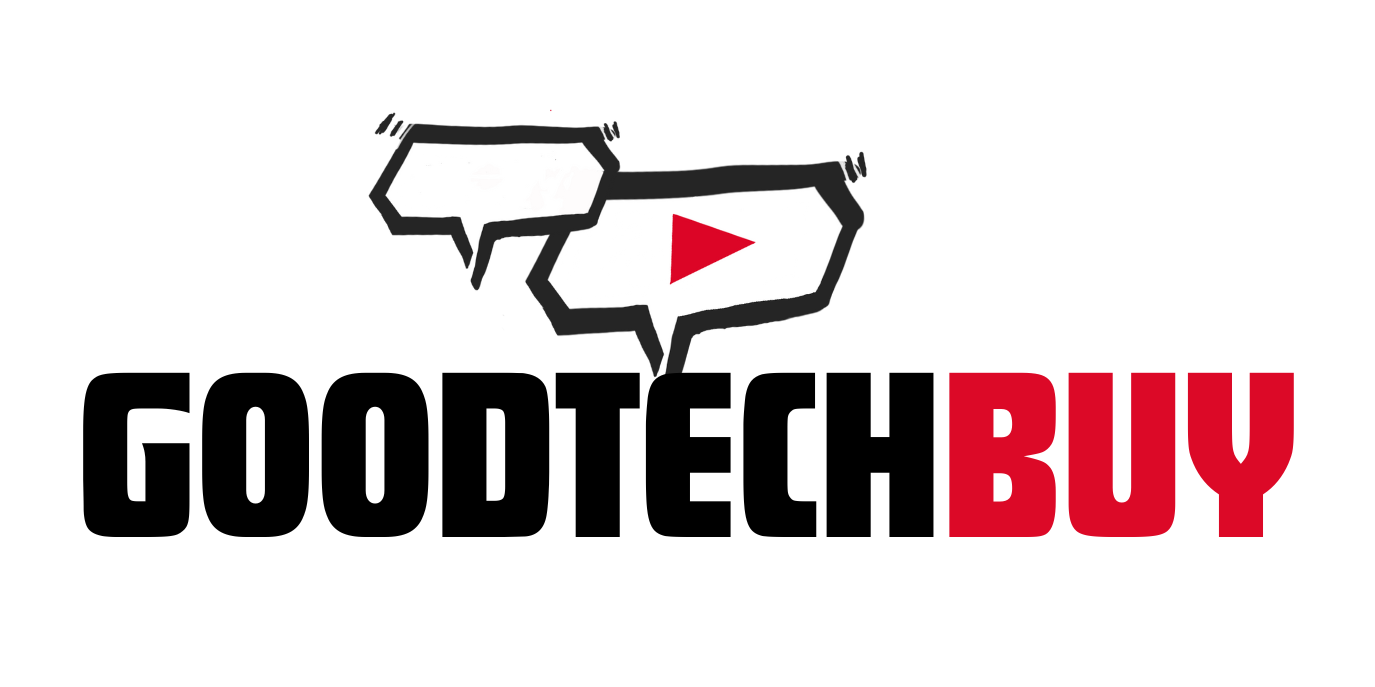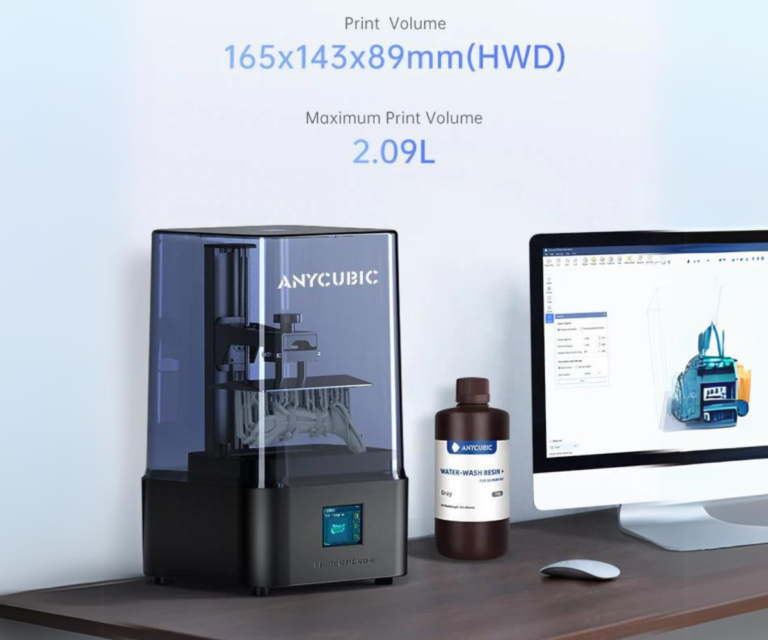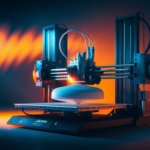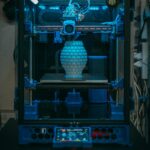The Basics of 3D Printing for Your Small Business
3D printing, also known as additive manufacturing, is a process that creates three-dimensional objects from a digital file. By layering material consecutively, a 3D printer can produce complex shapes that traditional manufacturing methods would struggle to achieve. This technology is increasingly popular for small businesses and side hustles because it allows for the creation of customized products, rapid prototyping, and small-batch production at a relatively low cost.
There are various types of 3D printers available in the market, each with its own set of advantages and ideal applications. The most common types suitable for home use are Fused Deposition Modeling (FDM), Stereolithography (SLA), and Digital Light Processing (DLP).
FDM printers are widely favored due to their affordability and ease of use. They work by extruding molten material, typically PLA, ABS, or PETG filaments, through a heated nozzle. SLA and DLP printers, on the other hand, use UV light to cure resin, producing parts with higher detail resolution but often at a higher cost and with a more complex post-processing requirement.
When starting a small 3D printing business, the choice of materials is equally important. PLA is biodegradable and easy to print with, making it a popular choice for beginners. ABS is more durable but requires a higher printing temperature and a well-ventilated area due to the fumes it emits. PETG offers a balance between the ease of printing of PLA and the strength of ABS.
In addition to the printer and materials, essential tools for 3D printing include a reliable computer, slicing software like Cura or PrusaSlicer for preparing 3D models for printing, and a suite of design software such as Tinkercad or Fusion 360 to create or modify models. Furthermore, safety precautions are paramount. Always ensure proper ventilation, use gloves when handling resins, and regularly maintain your equipment to minimize risks.
With a solid understanding of these foundational aspects, you’ll be well-equipped to make informed decisions and successfully kickstart your 3D printing side hustle from the comfort of your home.
Embracing the world of 3D printing for your side hustle can be an intriguing yet daunting endeavor. Customization plays a pivotal role in setting your products apart. By offering uniqueness in your designs, you cater to niche markets and customer preferences, distinguishing your creations from the mass-produced alternatives. To kick things off, selecting the right 3D modeling software is crucial. Beginners might find tools like Tinkercad and SketchUp more approachable, while advanced users may prefer options like Blender or Fusion 360. Both these tiers of software offer diverse functionalities that can cater to your design needs, irrespective of your expertise level.
Creating your own designs or sourcing them from digital repositories like Thingiverse can expand your creative horizons. When curating custom designs, focus on identifying gaps in the market. Unique household items, personalized toys, or bespoke accessories often generate interest. Ensuring your 3D prints are of high quality involves mastering a few best practices. Precise file preparation is key; always check your models for errors, optimize the layer height, and calibrate your printer settings meticulously. Quality filament materials and the right nozzle temperature further aid in achieving seamless prints. Should common issues like warping or stringing arise, troubleshooting guides available in online communities can be immensely helpful.
With your products ready, marketing becomes the next step. Social media platforms such as Instagram and Facebook offer robust avenues to showcase your items through engaging content and targeted advertising. Marketplaces like Etsy provide dedicated spaces for handmade and custom items, helping you reach an audience already interested in 3D printed objects. Craft well-detailed listings, use high-quality images, and employ relevant keywords to optimize visibility. Pricing your products appropriately involves not only considering the cost of materials and time invested but also analyzing competitor pricing to stay competitive. A strategically priced, well-marketed product lineup can significantly enhance your 3D printing home business ventures.








